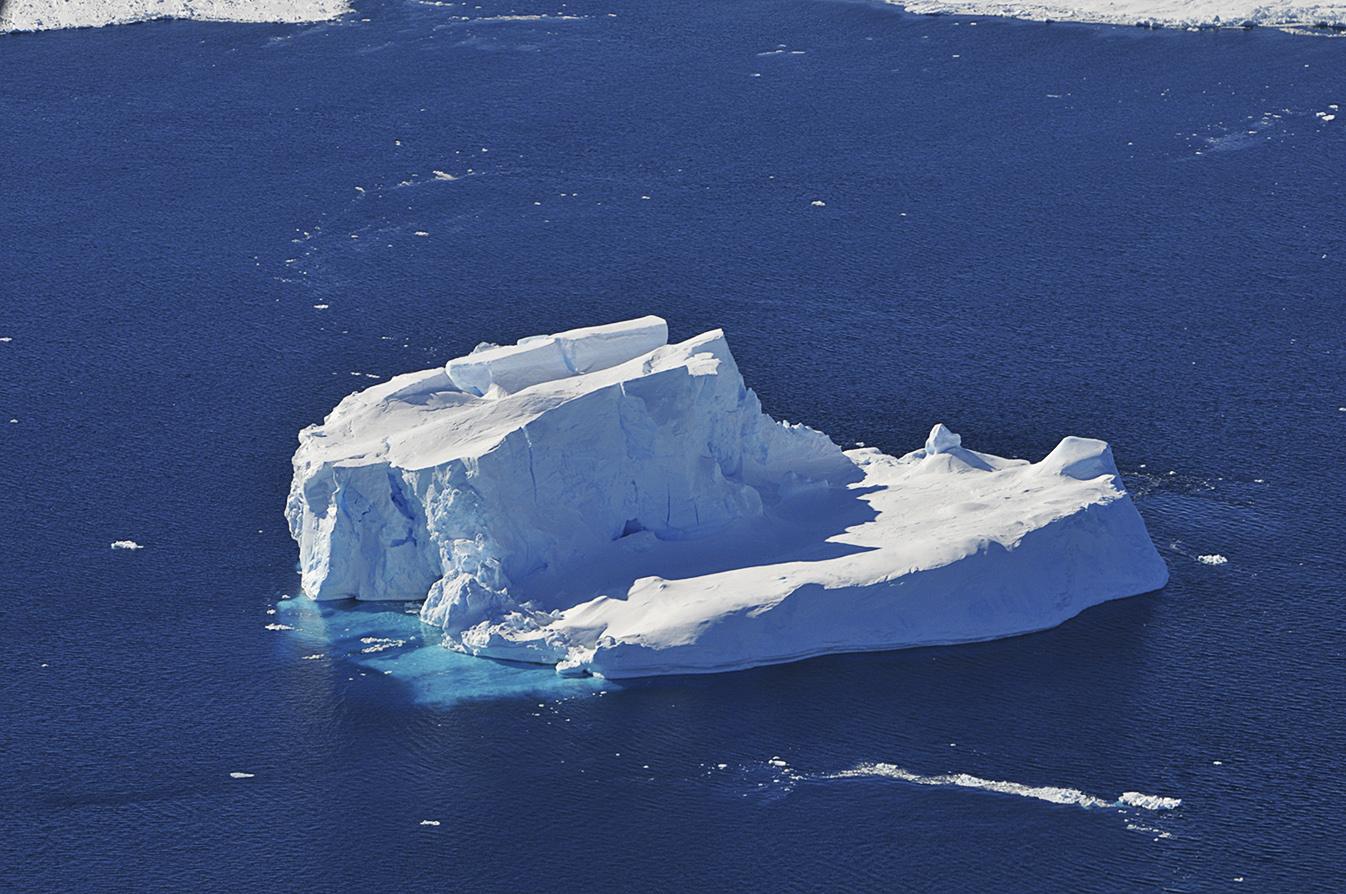 Why does Water expand when it Freezes?
Why does Water expand when it Freezes?
Most molecules, when they change their state from liquid to solid, contract and become more densely packed. When water changes its state gradually from liquid to solid, it contracts and becomes more buoyant. That is the reason why the ice floats in liquid instead of sinking. Ã’šÃ‚ If water cools it shrinks until it reaches a temperature of four degrees centigrade. At four degrees Celsius, water expands and becomes denser until it reaches zero degrees Celsius. Ã’šÃ‚ At 0 degrees Celsius, or freezing point, water again shrinks and become less dense.
Water in liquid form makes the molecules move about, and they are attracted to each other by non bonded forces called hydrogen bonds. In liquid they separate from one hydrogen bond and form a new one again, while they are moving. As water cools still further, its molecules come nearer to each other and form a stable arrangement of its molecules, called ice.
Ice, in its stable form or at 4 degrees Celsius, constructs a special arrangement of its molecules to form an open stable structure. The energy of the molecules drops here. In this open structure each water molecule is attached to four water molecules by hydrogen bonds, and they are arranged nearer to each other. At freezing point, water occupies a larger volume with spaces in between the packed molecules, forming a crystalline arrangement. This open space in the crystalline structure makes the ice less dense than its liquid form, and hence, floats.
Because of this anomalous expansion of water at 4 degrees Celsius, springs in the winter season will develop ice on the top layer and keep the water under that layer in liquid form only. Ã’šÃ‚ That is why all the animals remaining in the water below the ice will survive. These water animals can survive under the ice because of this peculiar property of water.












Leave a Reply